
srisailesa dayapatram, dhii baktyaadi gunaarnavam!
Yatiindra pravanam, vande Ramyajaa maataram munim!
Blessed to be followed by @KapilMishra_IND Ji
16 subscribers
How to get URL link on X (Twitter) App


 Devi Gayathri Devi is the mother of the Vedas the destroyer of sins. There is nothing more purifying on the earth as well as in the heaven than the Devi Gayathri. The Japam and chanting with devotion of Devi Gayathri brings the same fruit as the recitation of all the four Vedas together with the Angas. This single Mantra, if repeated three times a day, brings good (Kalyan or Moksha). It is the Mantra of the Vedas. It destroys sins. It bestows splendid health, beauty, strength, vigour, vitality and magnetic aura in the face (Brahmic effulgence).
Devi Gayathri Devi is the mother of the Vedas the destroyer of sins. There is nothing more purifying on the earth as well as in the heaven than the Devi Gayathri. The Japam and chanting with devotion of Devi Gayathri brings the same fruit as the recitation of all the four Vedas together with the Angas. This single Mantra, if repeated three times a day, brings good (Kalyan or Moksha). It is the Mantra of the Vedas. It destroys sins. It bestows splendid health, beauty, strength, vigour, vitality and magnetic aura in the face (Brahmic effulgence).
 Fermented rice, a staple in many Asian households, is steeped in tradition, simplicity, and health. It is rice soaked and fermented overnight, turning it into a nutritious, probiotic-rich food. Fermented rice, also known as 'panta bhat' in Bangladesh, 'Pazhaiya Sadam' in Tamizh Nadu, and 'jiu niang' in China, offers a host of health benefits that have been cherished across generations.
Fermented rice, a staple in many Asian households, is steeped in tradition, simplicity, and health. It is rice soaked and fermented overnight, turning it into a nutritious, probiotic-rich food. Fermented rice, also known as 'panta bhat' in Bangladesh, 'Pazhaiya Sadam' in Tamizh Nadu, and 'jiu niang' in China, offers a host of health benefits that have been cherished across generations.
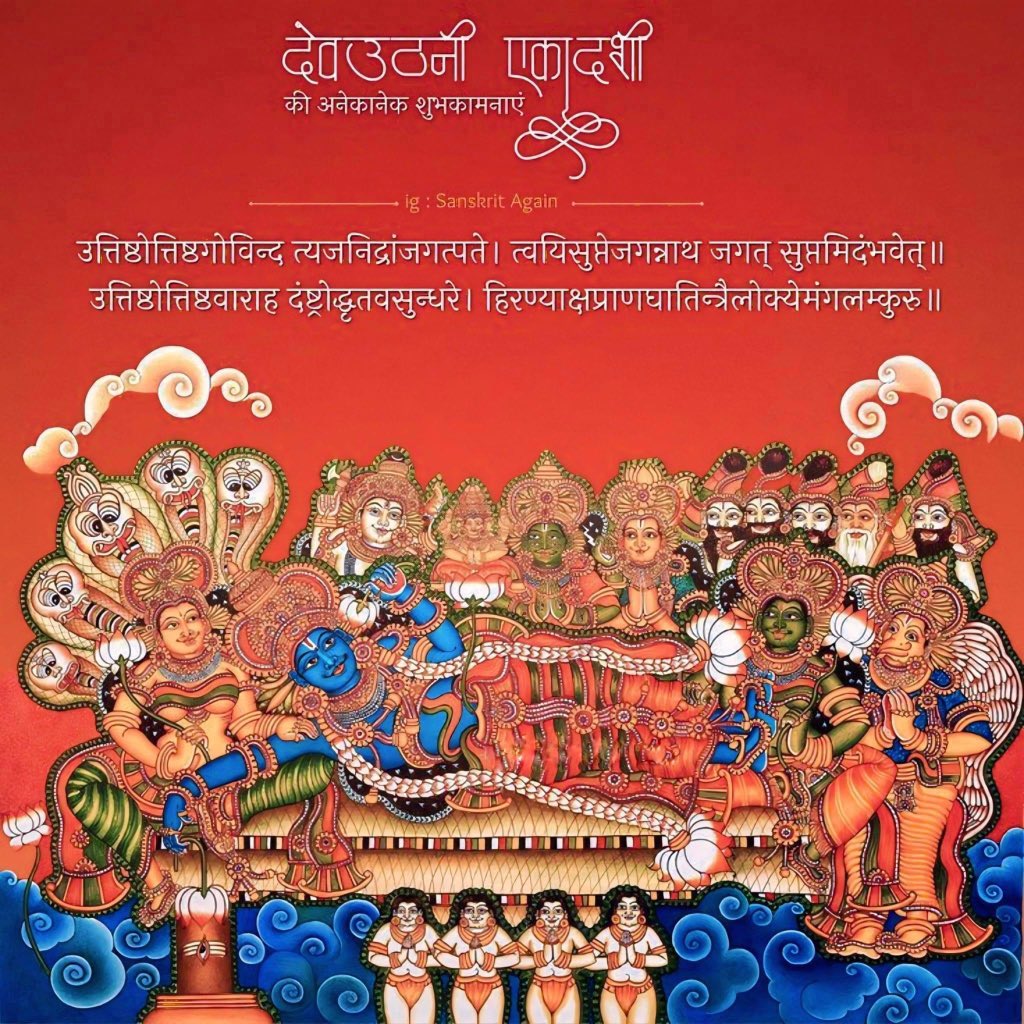
 The story of the "Tulsi Vivah" is found in the Padma Purana, a traditional wedding (vivah) ceremony of the Tulsi plant to Lord Vishnu ( Salagram). It is celebrated on the day of Dev Uthani Ekadashi.
The story of the "Tulsi Vivah" is found in the Padma Purana, a traditional wedding (vivah) ceremony of the Tulsi plant to Lord Vishnu ( Salagram). It is celebrated on the day of Dev Uthani Ekadashi. 
 Hindu scriptures say that the people who have complete control over the siddhis can gain power of demigods. Each siddhi governs certain character or certain aspect of nature and mastering each gives one distinct ability unique to other siddhis.
Hindu scriptures say that the people who have complete control over the siddhis can gain power of demigods. Each siddhi governs certain character or certain aspect of nature and mastering each gives one distinct ability unique to other siddhis.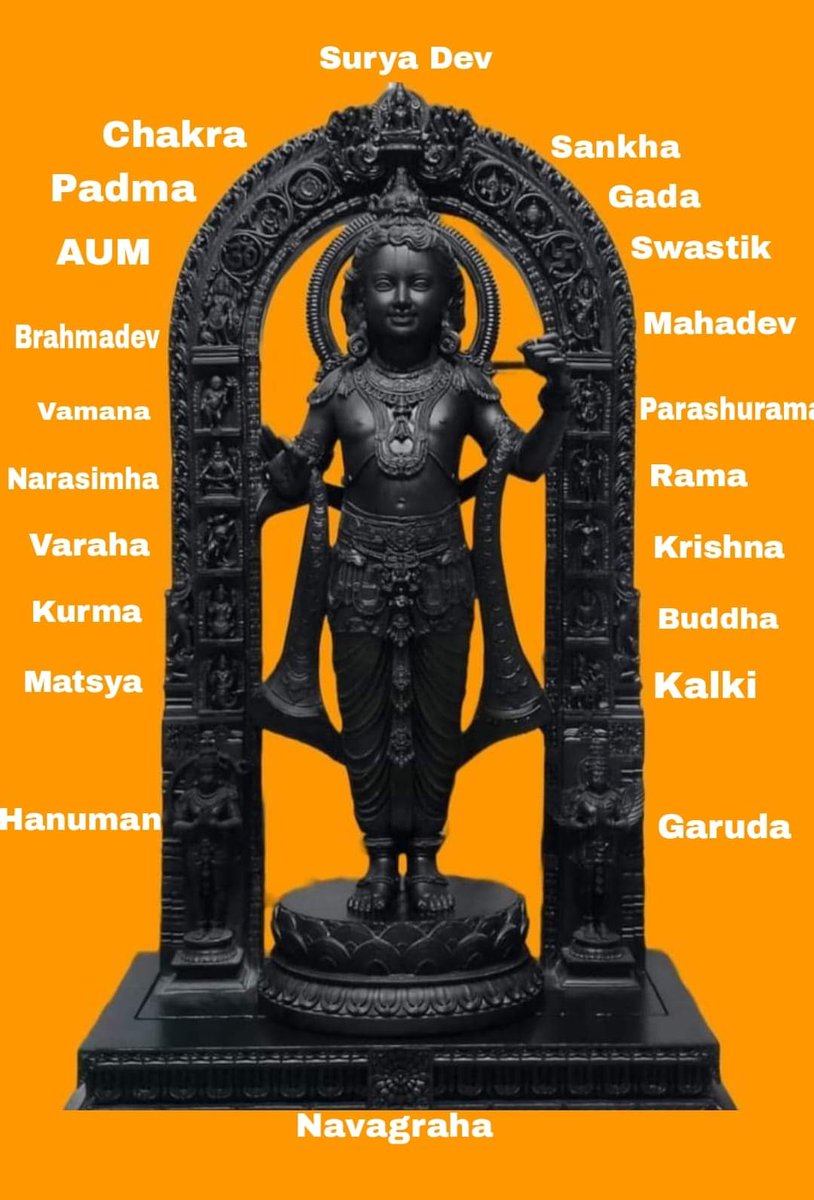
 8) who always wishes and does good to all beings (सर्वभूतेषु हितः ),
8) who always wishes and does good to all beings (सर्वभूतेषु हितः ),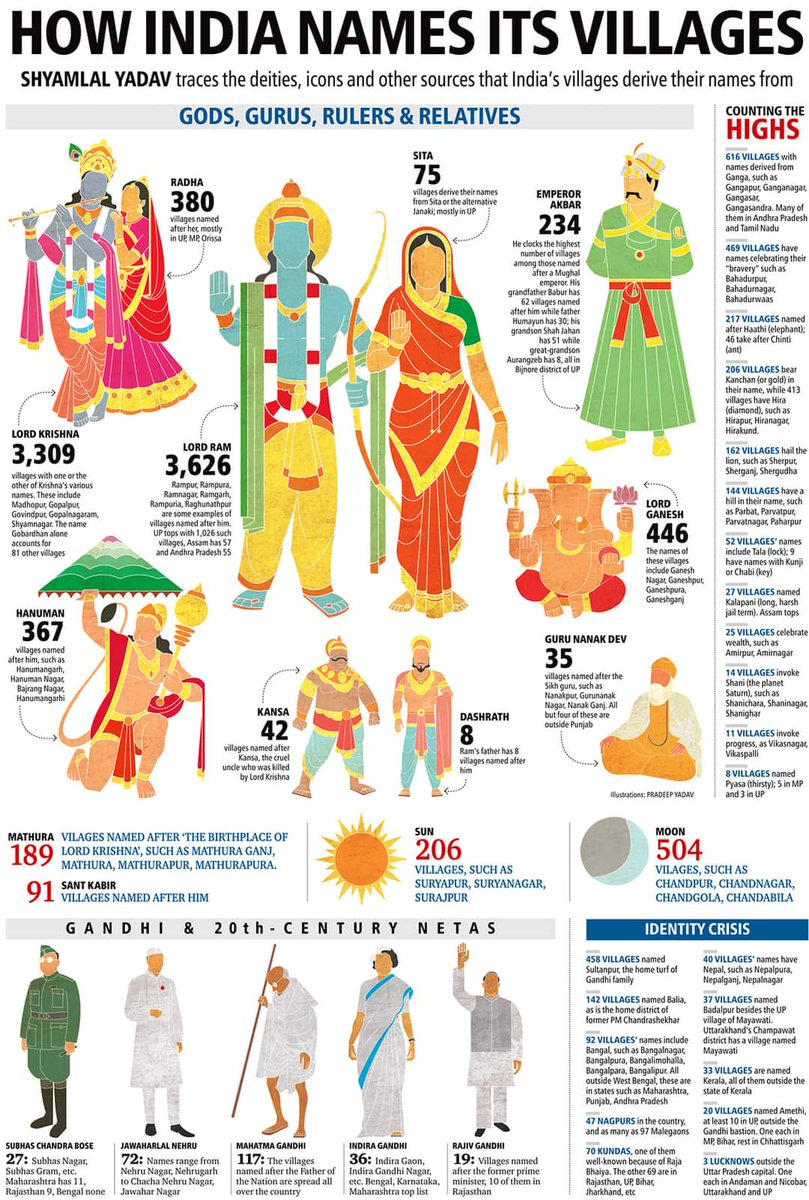
 Besides, there are 47 villages whose names start with Badri and 75 which feature Kedar, invoking the religious sites which were among the worst hit in the Uttarakhand floods. Most of these villages are located in Uttar Pradesh, Uttarakhand, Madhya Pradesh and Bihar.
Besides, there are 47 villages whose names start with Badri and 75 which feature Kedar, invoking the religious sites which were among the worst hit in the Uttarakhand floods. Most of these villages are located in Uttar Pradesh, Uttarakhand, Madhya Pradesh and Bihar.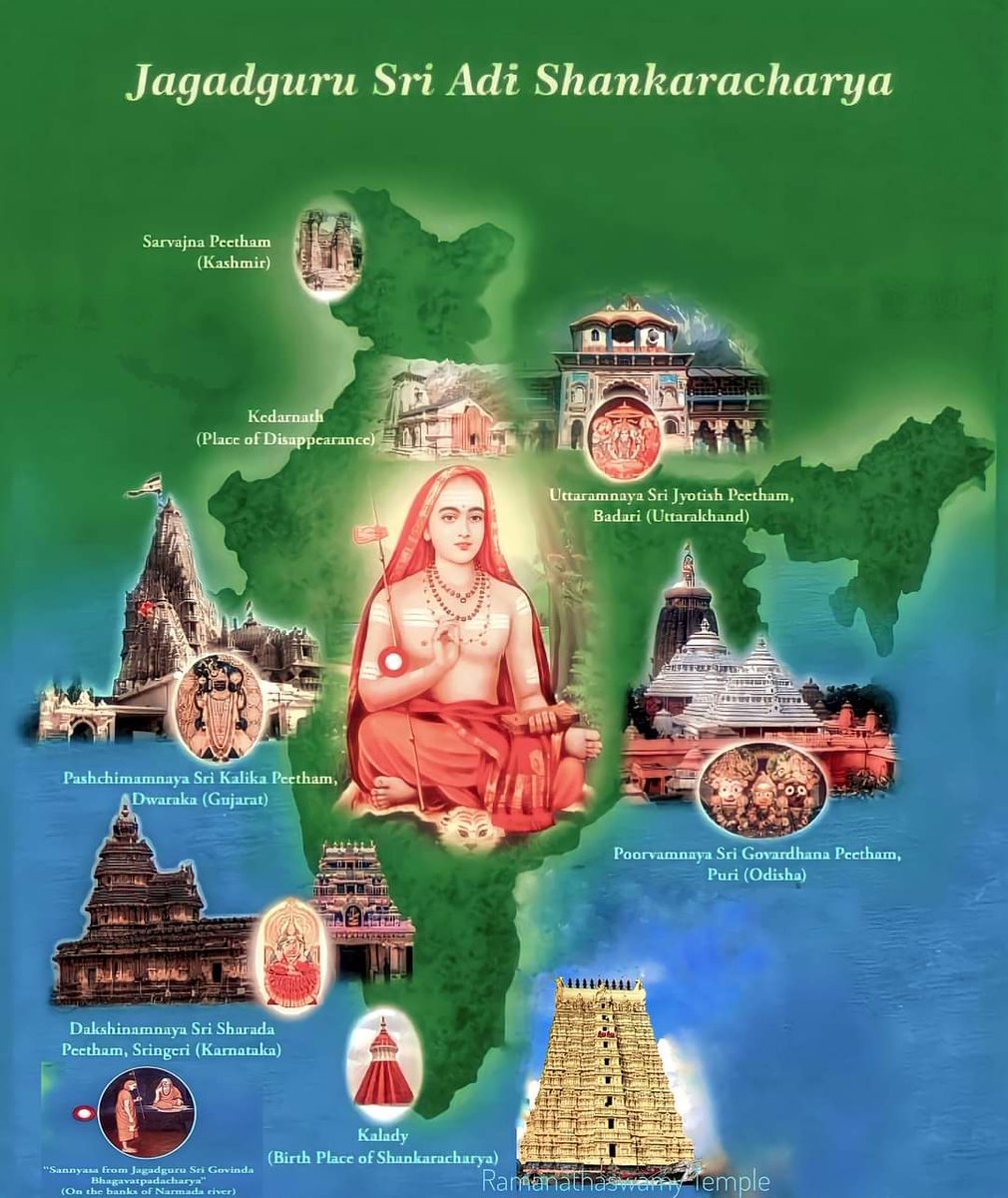
 Sri Shankara is considered the highest intellectual the world has ever known. He founded four mathas that revived the spread of Advaita Vedanta - Dakshinamnaya SriSharada Peetham (formed on the principles of Yajurveda), Dvaraka Pitha (formed on the principles of Sama Veda) in Western India, Jyotirmatha Peetham (formed on the basis of Atharva Veda) in North India, and Govardhan Matha (on the principles of Rig Veda) in the eastern India Puri.
Sri Shankara is considered the highest intellectual the world has ever known. He founded four mathas that revived the spread of Advaita Vedanta - Dakshinamnaya SriSharada Peetham (formed on the principles of Yajurveda), Dvaraka Pitha (formed on the principles of Sama Veda) in Western India, Jyotirmatha Peetham (formed on the basis of Atharva Veda) in North India, and Govardhan Matha (on the principles of Rig Veda) in the eastern India Puri. 
 The idea of a cakravartin ruler is also associated with the concept of the dharmachakra. In Indian traditions, a cakravartin (cakkavattin in Pali) is that great paramount sovereign whose chariot wheels move unimpeded in all directions. The chakra is also one of the eight ceremonial insignia and paraphernalia associated with a sovereign ruler in Indic traditions. The idea of this cakravartin ruler was made central to the Buddhist philosophy’s discourse on politics and ethics.
The idea of a cakravartin ruler is also associated with the concept of the dharmachakra. In Indian traditions, a cakravartin (cakkavattin in Pali) is that great paramount sovereign whose chariot wheels move unimpeded in all directions. The chakra is also one of the eight ceremonial insignia and paraphernalia associated with a sovereign ruler in Indic traditions. The idea of this cakravartin ruler was made central to the Buddhist philosophy’s discourse on politics and ethics.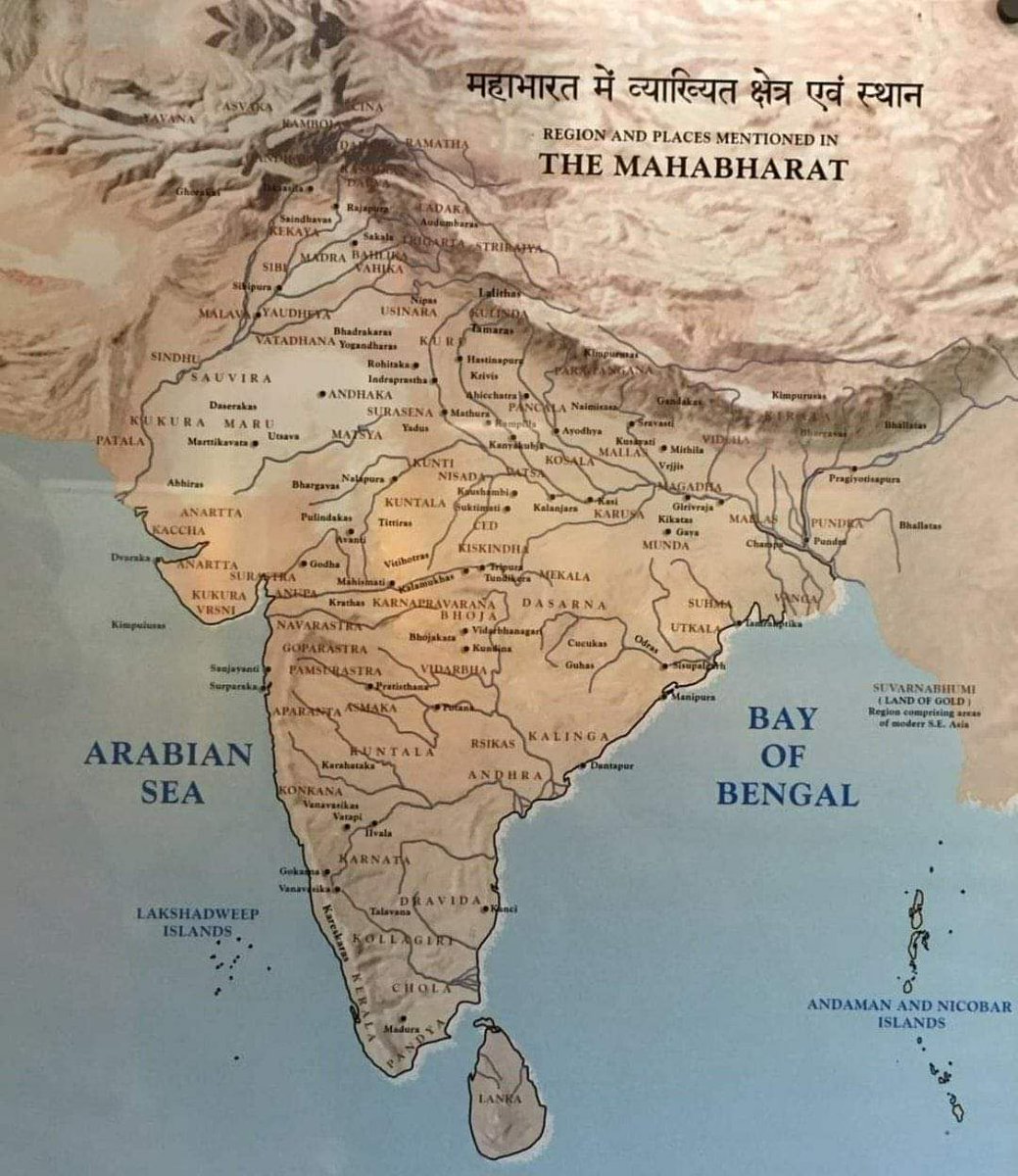
 To their immediate east are the Chinas, Ladakas (Ladakh) and Ramathas (Bhotas). These were Tibetan people . Chinese were known as Maha Chinas.
To their immediate east are the Chinas, Ladakas (Ladakh) and Ramathas (Bhotas). These were Tibetan people . Chinese were known as Maha Chinas.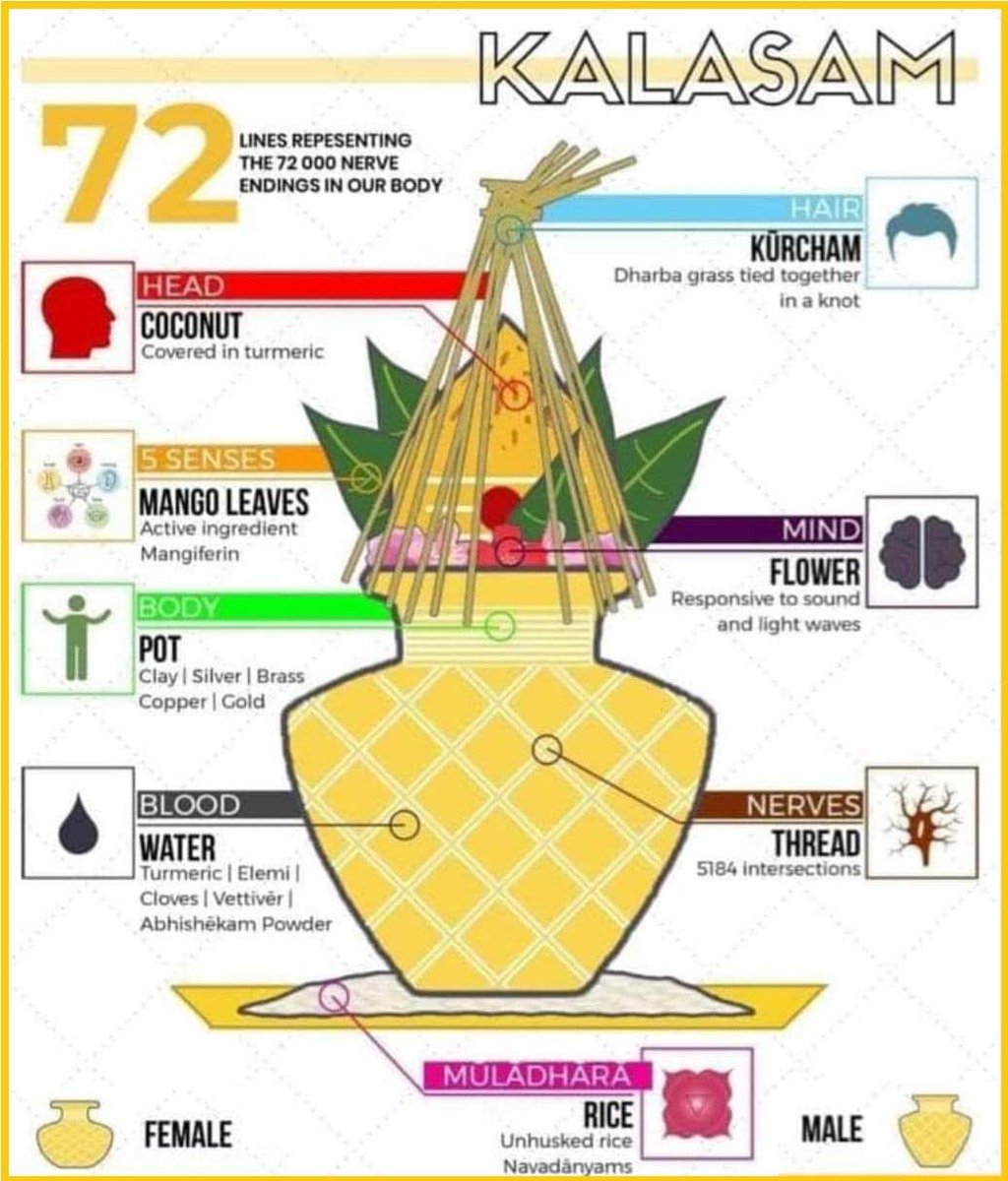
 This jar represents the axis mundi the Holy Mount Meru which is the axis of the universe. A miniature model of the entire cosmos. The water represents the oceans and the all-pervading Supreme Consciousness. It symbolises the primordial ocean of cosmic unity from which creation… twitter.com/i/web/status/1…
This jar represents the axis mundi the Holy Mount Meru which is the axis of the universe. A miniature model of the entire cosmos. The water represents the oceans and the all-pervading Supreme Consciousness. It symbolises the primordial ocean of cosmic unity from which creation… twitter.com/i/web/status/1…
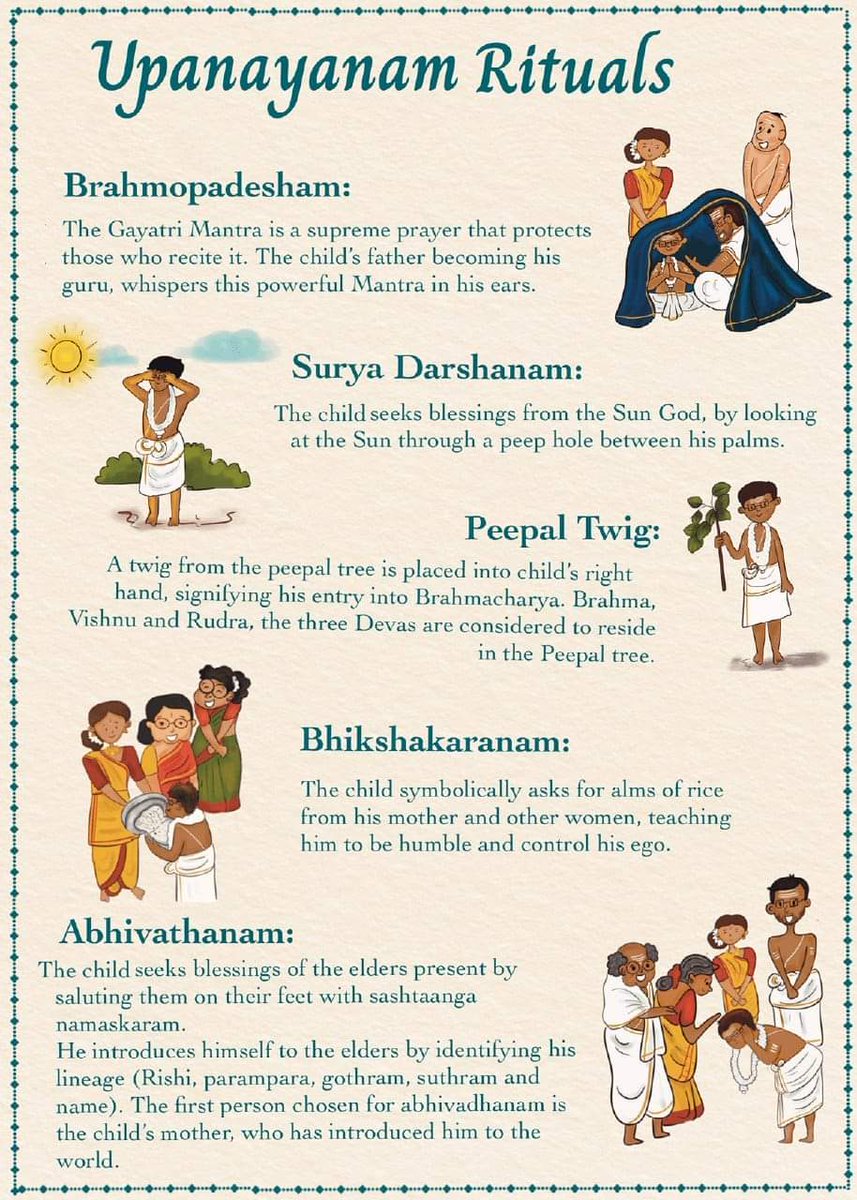
 Brahminism has been distinguished by virtues like truth, charity and forgiveness. That is, there is a big difference between being a Brahmin character and taking birth in Brahmin caste. The divine quality of Brahminism does not develop just by taking birth in Brahmin caste. And… twitter.com/i/web/status/1…
Brahminism has been distinguished by virtues like truth, charity and forgiveness. That is, there is a big difference between being a Brahmin character and taking birth in Brahmin caste. The divine quality of Brahminism does not develop just by taking birth in Brahmin caste. And… twitter.com/i/web/status/1…

 During the wedding it is therefore respectful keep it to tied up. Main jewelry and accentuations for hair; Gajra is strings of flowers. It is made usually of jasmine and worn both on the bun and with the braid coiling.
During the wedding it is therefore respectful keep it to tied up. Main jewelry and accentuations for hair; Gajra is strings of flowers. It is made usually of jasmine and worn both on the bun and with the braid coiling.
 Pushpastaran : Art of making a covering of flowers for a bed.
Pushpastaran : Art of making a covering of flowers for a bed.
 सर्वस्मिन्नपि पश्यात्मानं सर्वत्रोत्सृज भेदाज्ञानम्"
सर्वस्मिन्नपि पश्यात्मानं सर्वत्रोत्सृज भेदाज्ञानम्"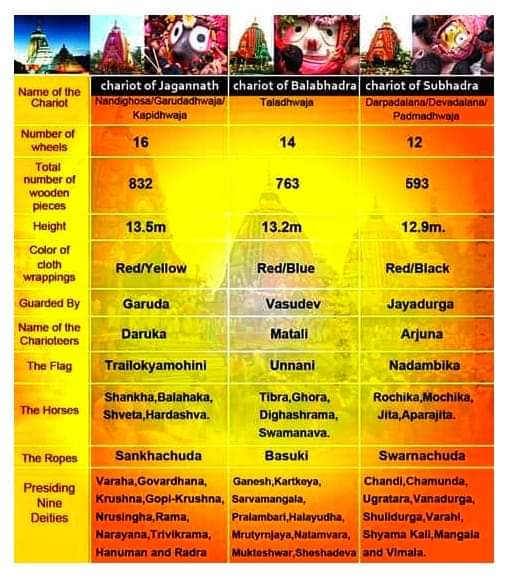
 The rope : Swarnachuda Naguni Presiding Nine Deities : (i) Chandi (ii) Chamunda (iii) Ugratara (iv) Vanadurga (v) Shulidurga (vi) Varahi (vii) Shyamakali (viii) Mangala (ix) Bimala...
The rope : Swarnachuda Naguni Presiding Nine Deities : (i) Chandi (ii) Chamunda (iii) Ugratara (iv) Vanadurga (v) Shulidurga (vi) Varahi (vii) Shyamakali (viii) Mangala (ix) Bimala...
 Life, the way it is, reveals that the Creation and the Creator are one and the same (advaita or non-duality). Once the truth is realised, some of the enlightened beings choose to be Gurus (Realised Masters) to guide any desiring fellow humans towards the realisation (since it's a… twitter.com/i/web/status/1…
Life, the way it is, reveals that the Creation and the Creator are one and the same (advaita or non-duality). Once the truth is realised, some of the enlightened beings choose to be Gurus (Realised Masters) to guide any desiring fellow humans towards the realisation (since it's a… twitter.com/i/web/status/1…

 The concept of the Ayurvedic Clock is similar to that of the biological clock or body clock. It is linked to how our body and mind function relative to both the surrounding energy and the state of our bodily humors (doshas).
The concept of the Ayurvedic Clock is similar to that of the biological clock or body clock. It is linked to how our body and mind function relative to both the surrounding energy and the state of our bodily humors (doshas).

 क्यों बड़े बुजुर्ग तिथि देख कर आने जाने की रोक टोक करते हैं ? आज की युवा पीढ़ी भले हि उन्हें आउटडेटेड कहे दिशाशूल समझने से पहले हमें दस दिशाओं के विषय में ज्ञान होना आवश्यक है
क्यों बड़े बुजुर्ग तिथि देख कर आने जाने की रोक टोक करते हैं ? आज की युवा पीढ़ी भले हि उन्हें आउटडेटेड कहे दिशाशूल समझने से पहले हमें दस दिशाओं के विषय में ज्ञान होना आवश्यक है